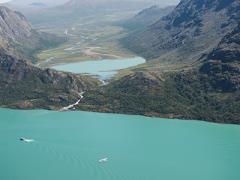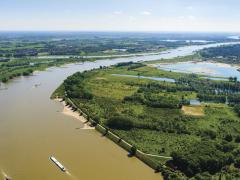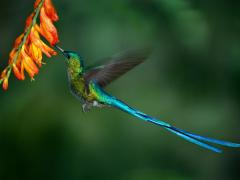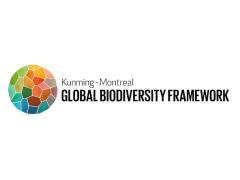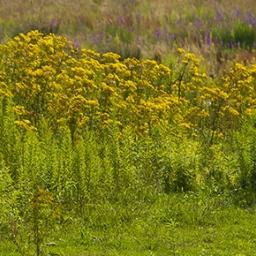A review of studies assessing ecosystem services provided by urban green and blue infrastructure
Nature in cities is increasingly recognized for its potential to address urban sustainability challenges (e.g., climate change, public health issues). However, the knowledge base to actually quantify this potential is heterogeneous, as identified in a joint effort of PBL and Lund University.
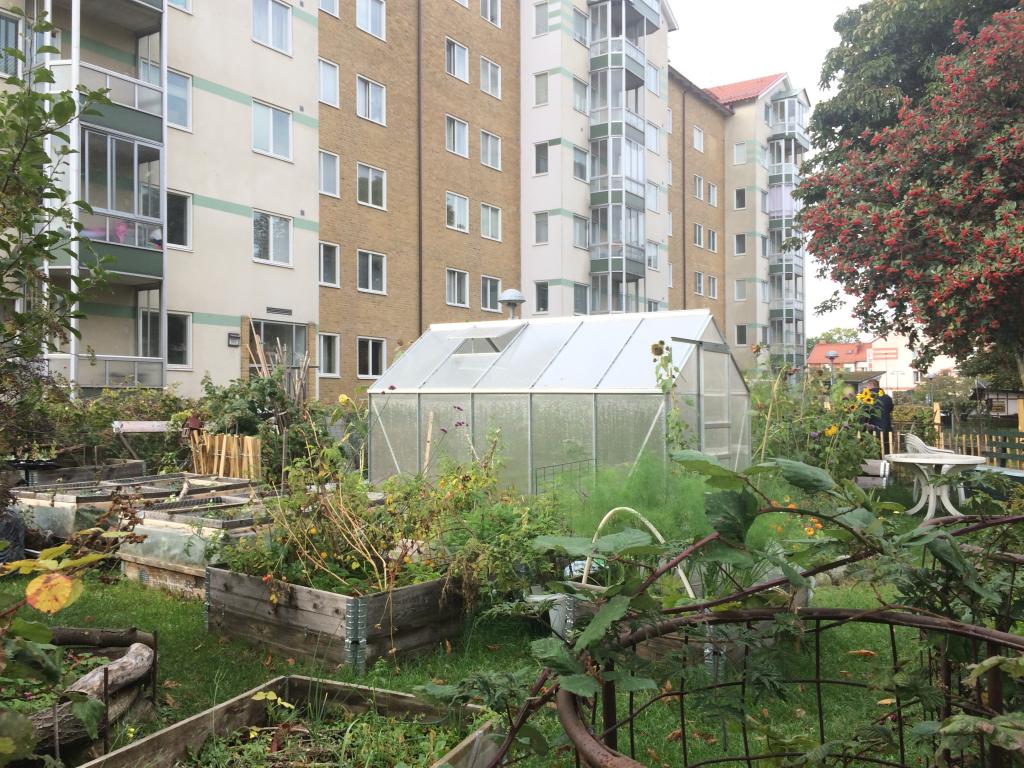
Greening the cities
Globally, cities are facing pressing challenges imposed by climate change, water security issues and deteriorating public health and well-being. Consequently, cities seek for new strategies to deal with these issues. Increasing the amount of nature within the city is one suggested policy strategy. For example, the European Green Deal explicitly calls for cleaner, greener and healthier European cities. This has resulted in an increase in studies assessing urban green and blue infrastructure (e.g., parks, trees, gardens, water bodies) and their associated ecosystem services (benefits people obtain from ecosystems).
A heterogeneous knowledge base
As part of the NATURVATION project, researchers from PBL and Lund University (Sweden) have analysed 850 publications to characterize assessments of ecosystem services provided by green and blue infrastructure in cities. Although the review demonstrates a clear increase of scientific literature, some ecosystem services, green and blue infrastructure types and regions remain relatively unexplored. For example, we know more about the performance of European parks regulating air temperatures, than about the benefits of water bodies to purify water in African cities. Moreover, the team found a large heterogeneity in assessment methods applied to evaluate urban nature, including a great diversity of indicators used. Most studies measured biophysical properties of the green and blue infrastructure elements rather than actual benefits to people. The heterogeneity illustrates that there is no consensus about how to quantify the effectiveness of urban nature for tackling sustainability challenges. The database compiled for this review is publicly available .
Calling for a more systematic quantification of the benefits of nature in cities
The uneven distribution of assessments and heterogeneity in assessment methods may hinder comparability among studies, cities and/or different types of urban nature. They may also create uncertainty in the evaluation of effectiveness of urban nature to address urban sustainability challenge. Therefore, the authors call for increased research attention towards i) increasing the coverage of less studied ecosystem services, urban nature types and geographical regions, ii) quantifying actual benefits of urban nature (by comparing ecosystems capacity and societal demands) and iii) comparing benefits across different urban nature types and in comparison to grey infrastructure.
Authors
Specifications
- Publication date
- 3 October 2021
- Publication type
- Article
- Page count
- 10
- Publication language
- English
- Magazine
- Ecosystem Services
- Issue
- 2021 (Volume 52), 101367
- Product number
- 4733
